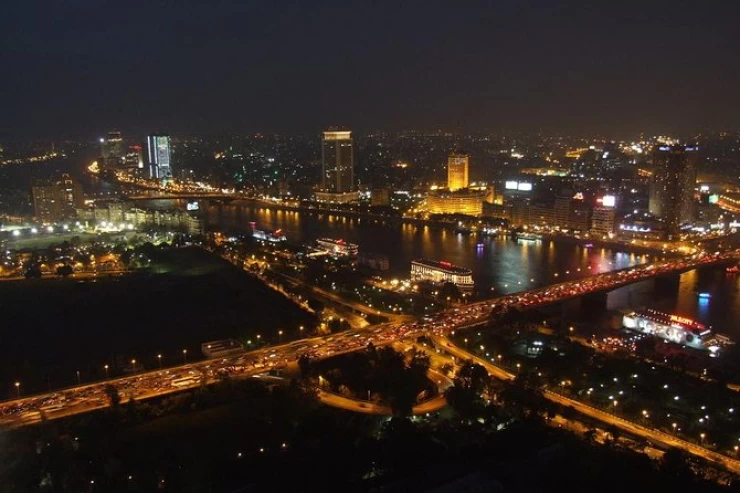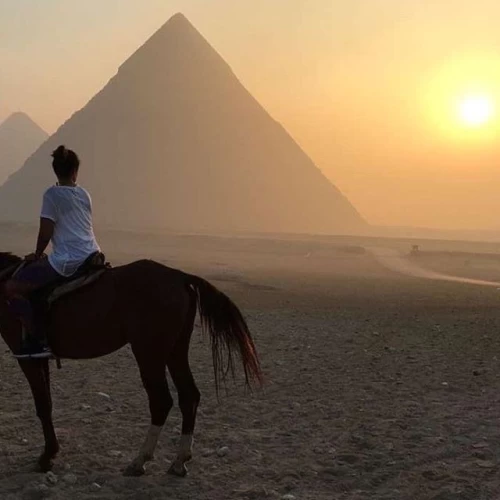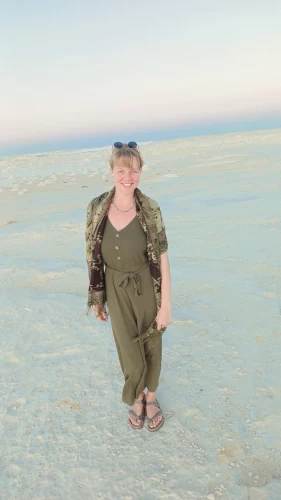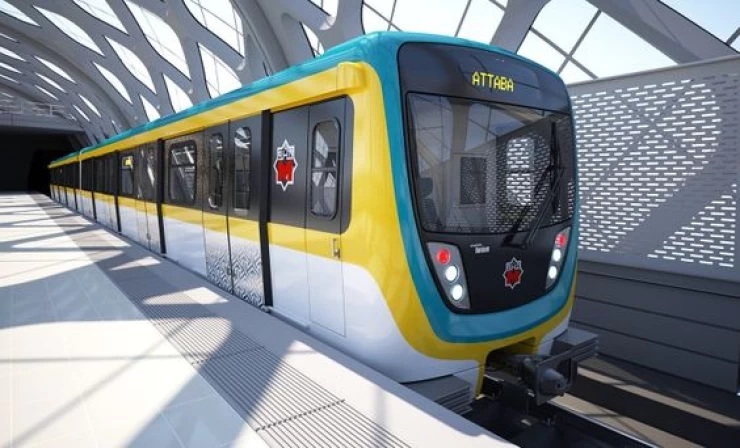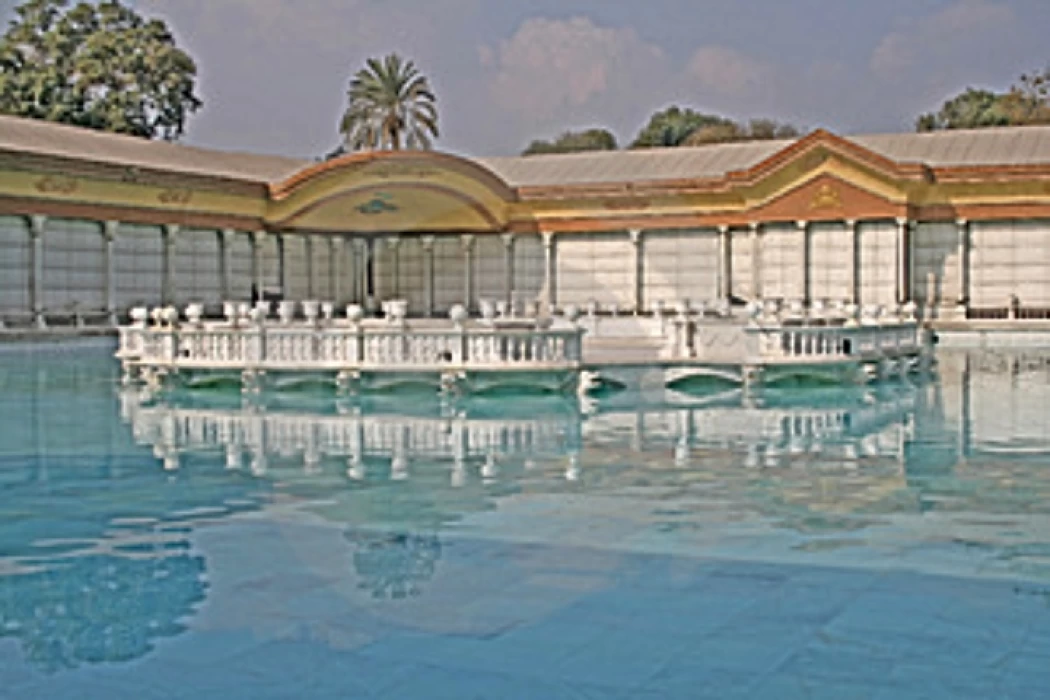
Muhamed Ali Palace in Shubra | Muhamed Ali Palace Architecture
Muhamed Ali Palace in Shubra
The design of the Palace of Mohamed Ali in Shubra was designed following a replacement vogue that wasn't legendary in Egypt at the time.
The wide piece of land that was wont to construct the palace allowed for stunning gardens moreover, a mode that was foreign to Turkey, particularly from the palaces erected on the shores of the Bosporus Strait and therefore the Marmora ocean within the time of the Ottomans.
The bailiwick style of the palaces in Turkey consisted of an enormous, stunning garden encircled by giant defensive walls, with solely a couple of entrance gates so as to observe them within the best means potential. several structures were designed everywhere in this garden and a few of those had specific bailiwick characteristics.
These were known as Hans or Saraya within the Turkish language or kiosks within English, a word that was originally foreign from the Latin language.
Muhamed Ali Palace Architecture
Among the foremost celebrated palaces in Constantinople that Mohamed Ali traced several bailiwick options from in his palace in Shubra is Topkapi Palace in Constantinople, which was the seat of the empire for an awfully long amount of your time.
The first structure that was created within the palace advanced of Mohamed Ali in Shubra could be a little villa that was designed as a residence.
it's a variety of picket buildings that served as offices for the workers and places for guards to remain. There was additionally an associate degree adjoined harbor structure for ships on the Nile River to dock at. sadly, however, the entire structure was really removed within the ruling amount of King Farouk (the last king of Egypt) within the Thirties to create means for the new Cairo-Alexandria Agricultural Road.

King Farouk
Construction Of The Fountain Villa
The Fountain Villa was additional to the palace advanced in 1821. it had been designed and designed by French architects and is the oldest section of the palace that is still nowadays.
In 1836, the Jabalaya Villa was additionally created within the palace. This structure, which remains till nowadays was created on the prime of a man-made scalar hill that had an sq. base with all sides eight meters long.
A small garden was planted in every step of this scalar hill that irrigated the waterwheel tower that was created to supply the gardens and therefore the villa with H2O.
Moreover, the Palace of Mohamed Ali in Shubra additionally had the primary trendy system of lighting in Egypt. This method was initially established in the European nation in 1820, and Mohamed Ali known as the engineer unreal it to create positive he had special instrumentality and infrastructure required.
For this reason, a gas laboratory was designed close to the Nile River to supply the palace with the energy required to be lit with a contemporary lighting system.
Buildings Still within the Palace advanced Of Mohamed Ali
The Waterwheel Tower.
The waterwheel tower is the oldest extant building in the whole advance of the Palace of Mohamed Ali in Shubra. it had been created in 1811. The tower is found a hundred thirty meters east of the Fountain Villa in the middle of the fruits and vegetable gardens. The gardens were separated from the villa by a fence where some parts still stay nowadays.
The Waterwheel Tower could be a large structure that was created out of robust stones. Its jap façade is forty meters long and its southern façade is twenty-one meters long.
within the middle of the tower, there square measure four water wells wherever the waterwheels were put in to rise and flow into the water. These waterwheels operated victimization machines and did not victimize animals just like the usual technique that was followed in Egypt at the time.
The water wont to follow inbound channels on top of the roof of the tower. it had been then gathered in reservoirs within the sides of the structure that were connected to pipes. The pipes then transferred the H2O to the palace and therefore the gardens.
There is an associate degree ascending slope next to the Southern façade of the waterwheel tower that was wont to raise the machines that were functioning to control the waterwheels. This slope was ten meters long and five meters wide.
The jap facet of the waterwheel tower consisted of a swish wall with four doors. each of those doors light-emitting diode to a space that overlooks the rear reservoir of water. every space encompasses a supplemental chamber wherever the tools and gadgets that were wont to frequently clean the water wells and waterwheels were held on.
The Fountain Villa.
This villa is set 430 meters off from the shores of the Nile River and 230 meters off from the Jabalaya Villa. it had been created in 1821 and designed by the diplomatist of French of Egypt at the time, UN agency was a detailed friend of Mohamed Ali. The decorations and ornaments were the responsibility of Yusuf Hakikan, an associate-degree Armenian engineer who lived in Egypt.
The Fountain Villa was created over a chunk of land that was eighty-eight meters long and seventy-six meters wide and was designed to be within the center of the gardens of the advanced.
The Fountain Villa consists of a receptacle-formed structure with a variety of doors and marble steps ahead of every door. These steps result in a special fountain with sturdy marble columns. In the corners of the building, the façades of the four rooms and their contiguous areas are clearly visible and have marvelous colored glass windows.
The interior style of the Fountain Villa is quite distinctive in Egypt. It consists of a central block with sections of the total building close to it. This block consists of an outsized water basin that's sixty-one meters long, forty-five meters wide, and 2.5 meters deep.
This basin is coated with howling white marble everywhere and includes a fountain located within the middle of the basin whose style relies upon statues of crocodiles with the water setting out of their mouths.
At every corner of the basin, there's a fountain as well; no surprise the total complicated was referred to as the Fountain Villa, which is circular in form and has fish styles sliced on its sides.
In the middle of every fountain, there's a notable sculpture of a lion standing on his back feet with water setting out of its mouth. The fountain includes a massive gallery dominating it and this gallery includes varied marble columns it's richly embellished with drawings and portraits of the Egyptian military fleet,
and a few Roman and Greek thinkers and philosophers. The ceiling of this gallery has marvelous images and also the ottoman baroque variety of design that was quite dominant in Turkey at the time of the development of the palace.
Additional Halls within the Fountain Villa.
The Fountain Villa has four supplementary halls that are quite astonishing in their decorations and their branch of knowledge style. the best of those halls is the salon or walnut hall.
it's that name as a result of its walls and floor were lined with Turkish walnut wood. The wall of this hall options an outsized mirror that's embellished with the fabulous Moroccan and geographic area vogue. The ceiling of the hall conjointly has outstanding baroque vogue drawings finished with numerous golden colors.
There is conjointly the hall of the Fountain Villa referred to as the Arabian Hall that has walls embellished with inexperienced paintings of flowers and roses.
The ceiling of this hall conjointly has distinctive picket arabesque screens that encompass little complicated geometrical shapes. Among the decorations of the hall, there are bound sections wherever the names of the family of Mohamed Ali are written and this part of the hall was redecorated throughout the reigns of grand Turk aforesaid Pacha and Abbas Pacha, the successors of Mohamed Ali.







